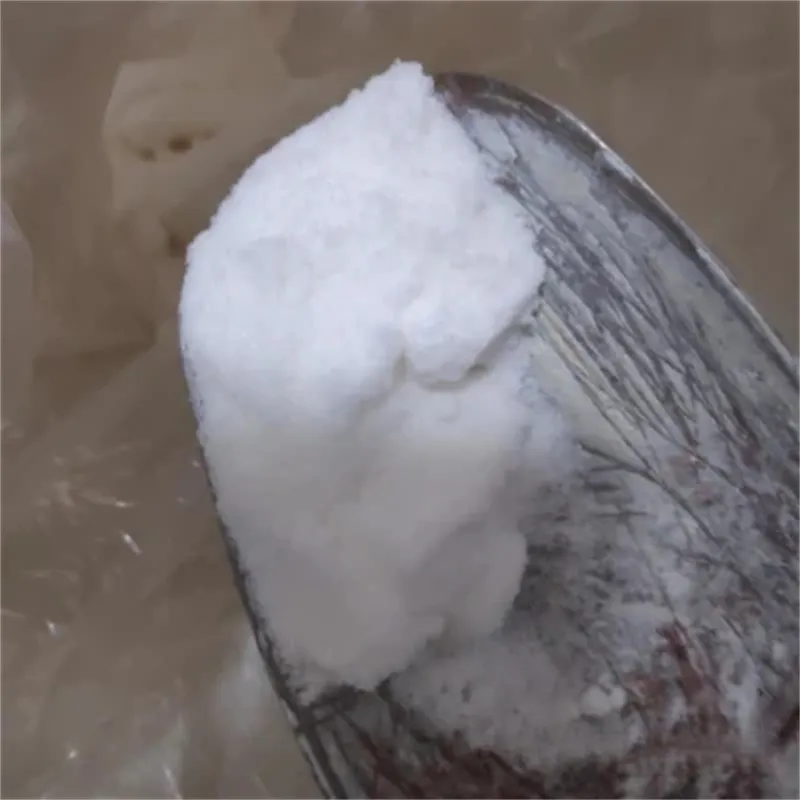 Email: sale@hebeidisha.com
Email: sale@hebeidisha.com
 Tel: +86 13315186550
Tel: +86 13315186550
- Afrikaans
- Albanian
- Amharic
- Arabic
- Armenian
- Azerbaijani
- Basque
- Belarusian
- Bengali
- Bosnian
- Bulgarian
- Catalan
- Cebuano
- China
- China (Taiwan)
- Corsican
- Croatian
- Czech
- Danish
- Dutch
- English
- Esperanto
- Estonian
- Finnish
- French
- Frisian
- Galician
- Georgian
- German
- Greek
- Gujarati
- Haitian Creole
- hausa
- hawaiian
- Hebrew
- Hindi
- Miao
- Hungarian
- Icelandic
- igbo
- Indonesian
- irish
- Italian
- Japanese
- Javanese
- Kannada
- kazakh
- Khmer
- Rwandese
- Korean
- Kurdish
- Kyrgyz
- Lao
- Latin
- Latvian
- Lithuanian
- Luxembourgish
- Macedonian
- Malgashi
- Malay
- Malayalam
- Maltese
- Maori
- Marathi
- Mongolian
- Myanmar
- Nepali
- Norwegian
- Norwegian
- Occitan
- Pashto
- Persian
- Polish
- Portuguese
- Punjabi
- Romanian
- Russian
- Samoan
- Scottish Gaelic
- Serbian
- Sesotho
- Shona
- Sindhi
- Sinhala
- Slovak
- Slovenian
- Somali
- Spanish
- Sundanese
- Swahili
- Swedish
- Tagalog
- Tajik
- Tamil
- Tatar
- Telugu
- Thai
- Turkish
- Turkmen
- Ukrainian
- Urdu
- Uighur
- Uzbek
- Vietnamese
- Welsh
- Bantu
- Yiddish
- Yoruba
- Zulu
Dec . 14, 2024 16:52 Back to list
bread xanthan gum
The Role of Xanthan Gum in Bread Making
When it comes to baking, particularly bread making, the quest for the perfect texture, flavor, and appearance is paramount. Among the various ingredients that play a crucial role in achieving an ideal loaf, xanthan gum has emerged as a popular addition in both traditional and gluten-free bread recipes. This article explores the benefits and functions of xanthan gum in bread baking, offering insights into why it has become a staple for many home bakers and professional chefs alike.
What is Xanthan Gum?
Xanthan gum is a polysaccharide derived from the fermentation of glucose or sucrose by a bacterium known as Xanthomonas campestris. Initially discovered in the 1960s, it has since gained widespread recognition for its thickening, stabilizing, and emulsifying properties. In the culinary world, xanthan gum is especially valued for its ability to mimic the texture of gluten, making it a crucial ingredient for gluten-free baking.
The Importance of Gluten
Gluten, a protein found in wheat and several other grains, plays a vital role in traditional bread making. It provides structure and elasticity, allowing the dough to rise and maintain its shape. However, for those who are gluten intolerant or have celiac disease, traditional bread recipes pose significant challenges. This is where xanthan gum becomes invaluable; it effectively replicates the characteristics of gluten, offering structure and stability to gluten-free bread.
Functions of Xanthan Gum in Bread
1. Improving Texture One of the primary functions of xanthan gum in bread is to enhance the overall texture. It helps create a chewy, elastic quality similar to that of gluten, resulting in a more pleasant eating experience. When added to gluten-free flour blends, it contributes to a light and airy crumb, avoiding the dense texture often associated with gluten-free bread.
bread xanthan gum

2. Enhancing Moisture Retention Xanthan gum acts as a moisture-retentive agent, helping to keep bread fresh for longer periods. In traditional bread, gluten naturally retains moisture, but when gluten is absent, xanthan gum compensates for this loss. This characteristic is particularly beneficial for gluten-free breads, which tend to dry out more quickly.
3. Stabilizing Ingredients In addition to its textural benefits, xanthan gum serves as an effective stabilizer in bread recipes. It prevents the separation of ingredients, ensuring a uniform dough consistency. This is particularly helpful in doughs that include various components such as fats, juices, or seeds.
4. Facilitating Rising Xanthan gum has the unique ability to support the rising process in yeast-leavened breads. It helps trap air bubbles generated by the yeast, contributing to the dough's ability to rise. This characteristic is essential in maintaining the lightness and fluffiness of the bread.
Using Xanthan Gum in Bread Recipes
When incorporating xanthan gum into bread recipes, it is typically used in quantities ranging from 0.5% to 2% of the flour weight, depending on the specific recipe and desired outcome. It is crucial to mix xanthan gum with the dry ingredients to avoid clumping. For bakers new to using xanthan gum, starting with small amounts and adjusting according to the consistency of the dough is recommended.
Conclusion
Xanthan gum has revolutionized the world of bread baking, particularly for those navigating gluten-free alternatives. By mimicking the properties of gluten, it enhances texture, retains moisture, stabilizes ingredients, and supports rising. As more individuals explore diverse dietary needs, understanding the role of xanthan gum in bread making will empower bakers to create delicious loaves that cater to all tastes and preferences. Whether you bake for health reasons or personal choice, xanthan gum can be a game changer in your kitchen, enabling you to enjoy bread in all its forms.
Latest news
-
Certifications for Vegetarian and Xanthan Gum Vegetarian
NewsJun.17,2025
-
Sustainability Trends Reshaping the SLES N70 Market
NewsJun.17,2025
-
Propylene Glycol Use in Vaccines: Balancing Function and Perception
NewsJun.17,2025
-
Petroleum Jelly in Skincare: Balancing Benefits and Backlash
NewsJun.17,2025
-
Energy Price Volatility and Ripple Effect on Caprolactam Markets
NewsJun.17,2025
-
Spectroscopic Techniques for Adipic Acid Molecular Weight
NewsJun.17,2025